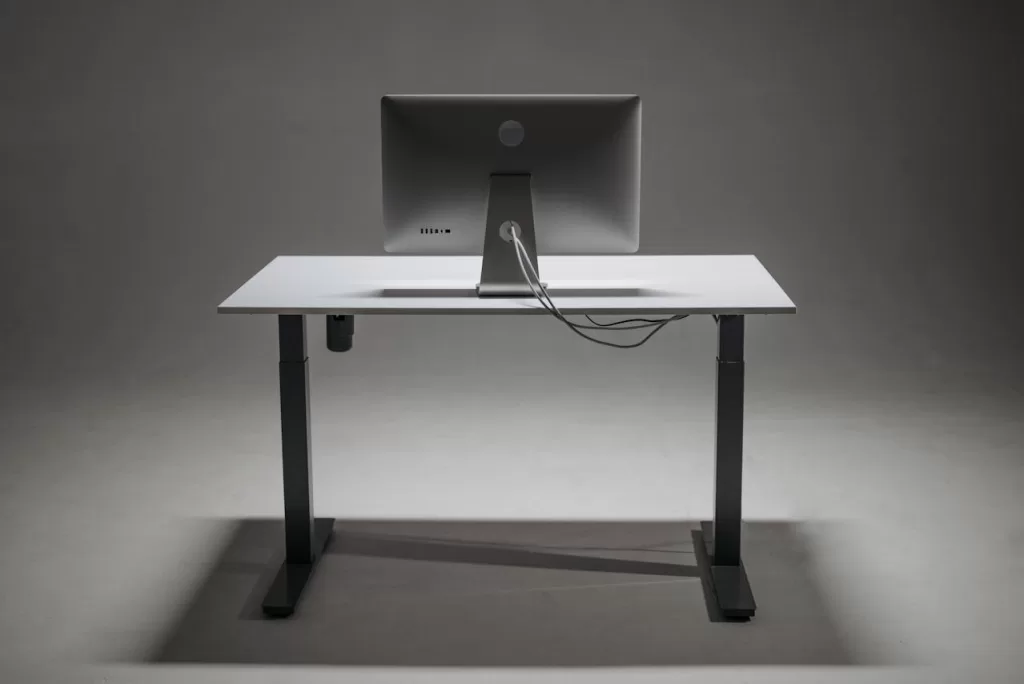Perhaps ten years ago or more, pilot spaces were a staple of workplace strategy. These controlled environments, often carved out of a single floor or a small section of a larger office, were used to test new planning concepts, technology, and furniture settings. The goal was to observe employee behaviour, gather feedback, and measure how well new ways of working (typically activity-based working or ABW) aligned with business goals.
Fast forward to today, and pilot spaces seem to have mostly faded from view. That doesn’t mean innovation has stopped; in fact, quite the opposite. The way organisations trial new workplace ideas seems to have fundamentally changed, driven by a combination of necessity, technology, and a broader cultural shift around work.
What Were We Testing Then?
Pilot spaces gained popularity as ABW models began challenging the traditional assigned-desk paradigm. Companies wanted to see how employees responded to flexible seating, collaboration zones, quiet areas, and touchdown points. There was often uncertainty about adoption rates, cultural fit, and productivity impacts.
These spaces served as testbeds for:
- Activity-based working models
- New technology integrations (e.g. video conferencing, booking systems)
- Space utilisation and density experiments
- Behavioural change readiness
It was all about de-risking larger transformation projects by trialling ideas in a smaller, measurable context.
Why Pilot Spaces Are Less Common Now
Several factors have led to the decline of their implementation:
1. The Pandemic Changed the Narrative
From early 2020, hybrid work went from fringe concept to global norm almost overnight. There was no time for drawn-out pilots, businesses had to adapt on the fly. In doing so, many discovered that employees were far more open to change than expected.
2. Data Has Replaced Gut Feel
Companies today have access to far more detailed insights about how space is used. Sensor technology, digital workplace tools, and occupancy analytics provide real-time data across entire offices, not just a pilot zone. Instead of testing in isolation, organisations often now measure at scale.
3. The Workplace is a Living Lab
Rather than ringfencing a corner of the office for experimentation, forward-thinking companies treat their entire workplace as a dynamic environment. Settings are changed, user feedback is captured, and adaptations are made continuously.
4. Reduced Real Estate Footprints
As businesses consolidate or downsize their office portfolios, allocating dedicated space for pilots can feel like a luxury. There’s more pressure to implement changes quickly and cost-effectively.
5. Faster Innovation Cycles
Organisations are embracing more agile, iterative approaches. Instead of planning a six-month pilot followed by a staged rollout, many now prototype, test, and refine in real time.
What’s Being Done Differently Today
Workplace innovation hasn’t slowed, but the way it happens has evolved:
1. Real-Time Feedback and Iteration
Organisations are leveraging employee experience platforms and workplace apps to capture sentiment in real time. This creates a continuous feedback loop that supports ongoing adjustments rather than one-time decisions.
2. Design Thinking at Scale
The principles of design thinking, empathy, prototyping, iteration, are being applied more broadly. Projects are broken into smaller sprints. Concepts are trialled across different teams or regions, and refined based on actual usage and feedback.
3. Co-Creation Over Top-Down Change
Instead of designing solutions for employees, many companies now design with them. This results in higher engagement and greater alignment between workplace strategy and employee needs.

4. Cross-Functional Collaboration
Workplace planning now involves a broader range of stakeholders: HR, IT, real estate, facilities, and even marketing. This diversity of input enables more holistic thinking and better adoption of new concepts.
Does This Mean Pilots Are Obsolete?
Not entirely. There are still circumstances where a traditional pilot makes sense, such as when testing a new potentially large-scale concept, launching in a new market, or trialling an unfamiliar layout or tech platform. But the emphasis has shifted. The workplace is no longer a static environment where change must be tested behind glass. It has already become a responsive, adaptive system in its own right.
The way we test new workplace ideas has matured. What was once a cautious approach driven by uncertainty has been replaced by a confident, data-driven process supported by a more agile mindset. Employees today are not only more open to new ways of working, they definitely expect them.
Today, workplace innovation is less about proving whether change is possible, but more about designing spaces that can evolve as work itself continues to change.
![The [RE]Search Co.](https://re-search.co/wp-content/uploads/2025/02/The-RE-Search-Co-Orange_Grey-png-350x51.avif)











